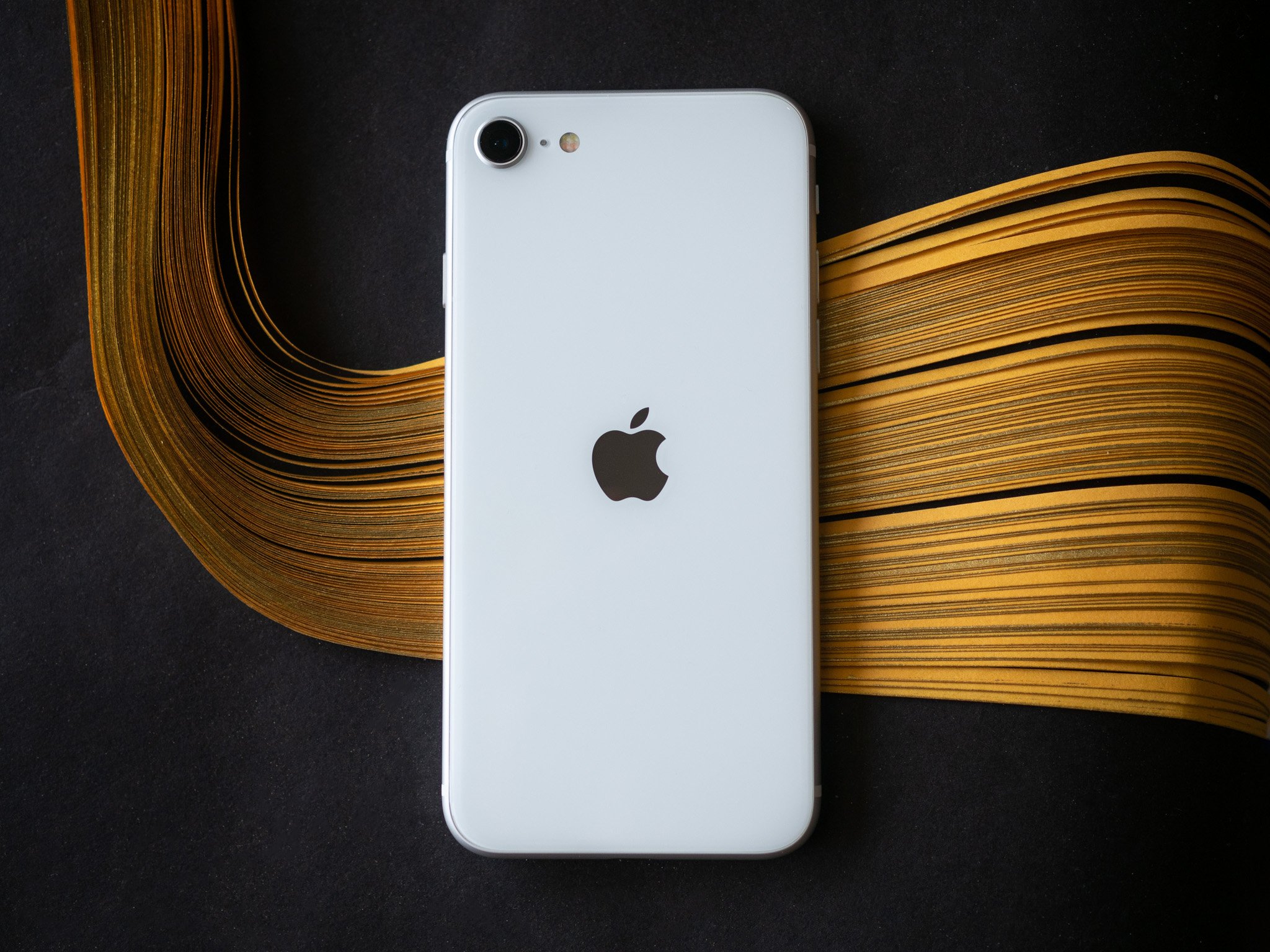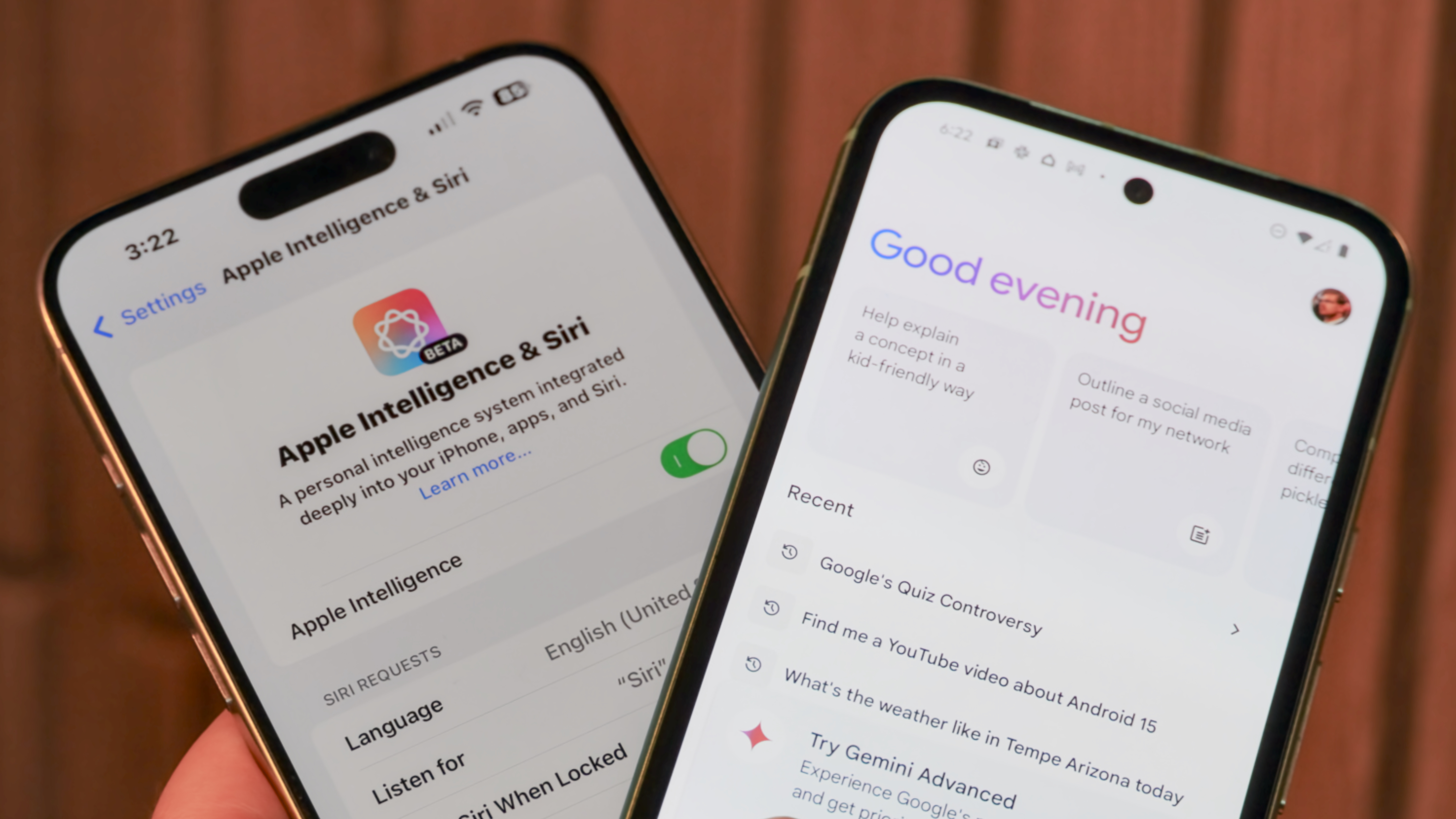Android Central Verdict
Bottom line: The iPhone SE 2020 has the most powerful chipset of any phone today, and you get a great camera that excels not only at photos but also videos. There's IP67 water resistance, wireless charging, and with at least four years of guaranteed updates, the iPhone SE will be going strong for several years. Oh, and the compact form factor means you can easily use it one-handed.
Pros
- +
Unmatched performance
- +
Compact form factor
- +
Four years of guaranteed updates
- +
Decent cameras
- +
IP67 water resistance
- +
Wireless charging
Cons
- -
Huge bezels
- -
Camera is missing Night Mode
- -
Average battery life
Why you can trust Android Central
You wouldn't normally associate Apple with value, but that's exactly what the brand is delivering with the iPhone SE 2020. The phone features the A13 Bionic — the same chipset powering the iPhone 11 series — and it has an array of exciting features, including Wi-Fi 6, Bluetooth 5.0, IP67 rating, and even wireless charging.
The best part? The iPhone SE starts off at just $399. That is incredible when you look at just what you're getting here, and Apple is clearly targeting mid-range Android devices with its latest offering. The mid-range segment has seen a lot of growth in the last three years, with the current slate of devices featuring robust hardware, large displays, and multi-day battery life.
The iPhone SE bucks this trend. The phone itself retains the same chassis as the iPhone 8, and that means you get a compact 4.7-inch display with large bezels, making it ideal for one-handed use. There's also a physical home button with Touch ID — a rarity these days — and a solitary 12MP camera at the back. Then there's the fact that the iPhone SE will get at least four years of guaranteed updates; unheard of on Android.
Clearly, the iPhone SE has a lot going for it, and its positioning in the value segment invites comparisons to the multitudes of Android phones for under $500. So let's see what the iPhone SE 2020 is all about, and whether it makes sense for you to make the switch.
About this review
I am writing this review after using the iPhone SE for a week in Hyderabad, India. The phone was running iOS 13.4.1 out of the box, and received an update to iOS 13.5 over the course of the testing period. The unit was connected to Jio's 4G network. Apple India provided the unit to Android Central for review.
iPhone SE Design and display
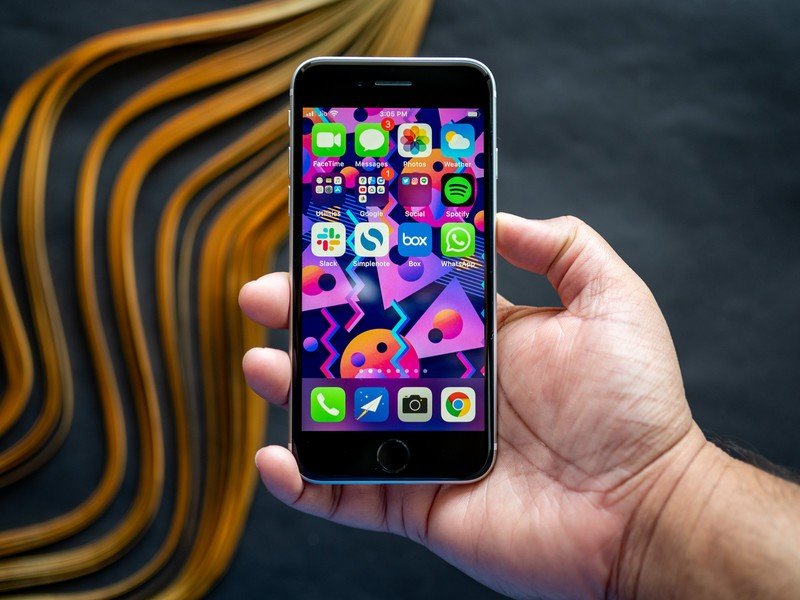
The first thing you notice when you start using the iPhone SE 2020 is the size. With even compact phones getting taller and narrower, there's nothing on Android that is quite as tiny as the iPhone SE. The closest would be last year's Galaxy S10e, but even that is 3.8mm taller than the iPhone SE. With dimensions of 138.4 x 67.3 x 7.3mm, it is the smallest phone in this segment.
The second thing you notice is the bezels. Android manufacturers have waged a war on bezels for the last three years, and the result is that you don't find them anymore on most devices. Sure, the Pixel 3a has chunky bezels at the top and bottom, but they look tiny compared to the iPhone SE.
Get the latest news from Android Central, your trusted companion in the world of Android
The compact form factor makes the iPhone SE perfect for one-handed use.
But you know what? I didn't care about the huge bezels after a few days. I went from the Xiaomi Mi 10 — which has a massive 6.7-inch screen — to the iPhone SE and its 4.7-inch panel, and it took a while to get used to the device. For context, the iPhone SE is a full 24.1mm shorter than the Mi 10, so it was a big adjustment.
But I started enjoying the phone a lot more once I got used to the diminutive form factor. There is a certain joy in using a compact phone, and it is a shame you don't find many small phones these days. I loved using the Galaxy S10e last year, and the iPhone rekindles that excitement. The in-hand feel is excellent, and if you're looking for a compact phone in 2020, this is the one to beat.
Now, the iPhone SE may not be the best-looking phone in the market today, but it is based on a design that has sold over 500 million units. It has a form factor that is immediately familiar, and there's the added bonus that you can just pick up iPhone 8 accessories and use them with the iPhone SE. Sure, the design may be dated in 2020, but the fit and finish are top-notch — as you'd expect from an iPhone.
Let's get into the specifics. The iPhone SE has a glass back with an aluminum mid-frame, with a single camera lens at the back located at the top left corner. The branding at the back is limited to the Apple logo that sits halfway down the body. There are rounded corners on all sides, and the physical home button isn't an actual button but a haptic motor that facilitates Touch ID. It feels familiar to use a physical fingerprint sensor located at the front, and the sensor itself is fast and reliable, and it lets you sign into apps and make purchases on the App Store.
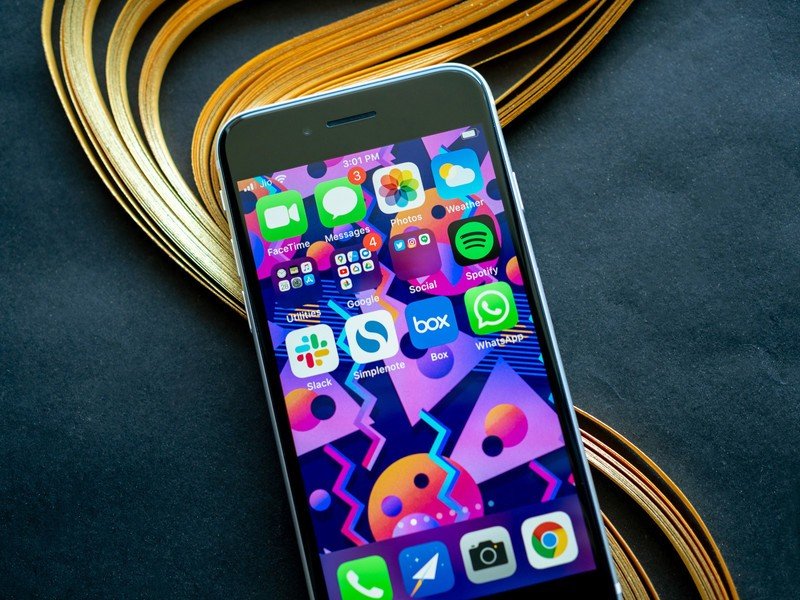
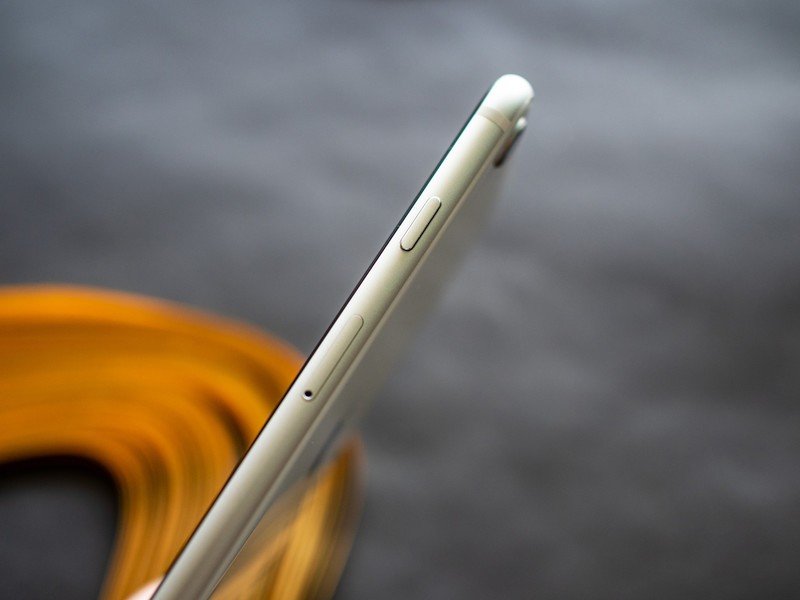
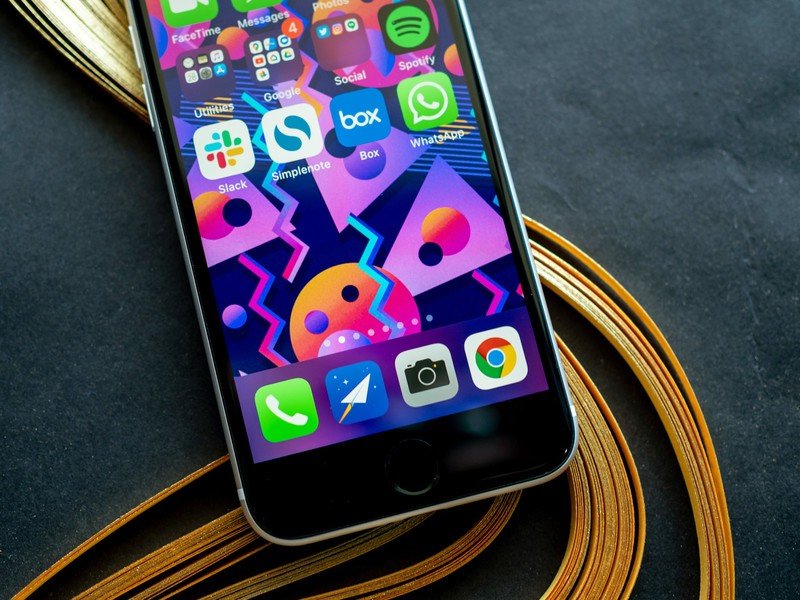
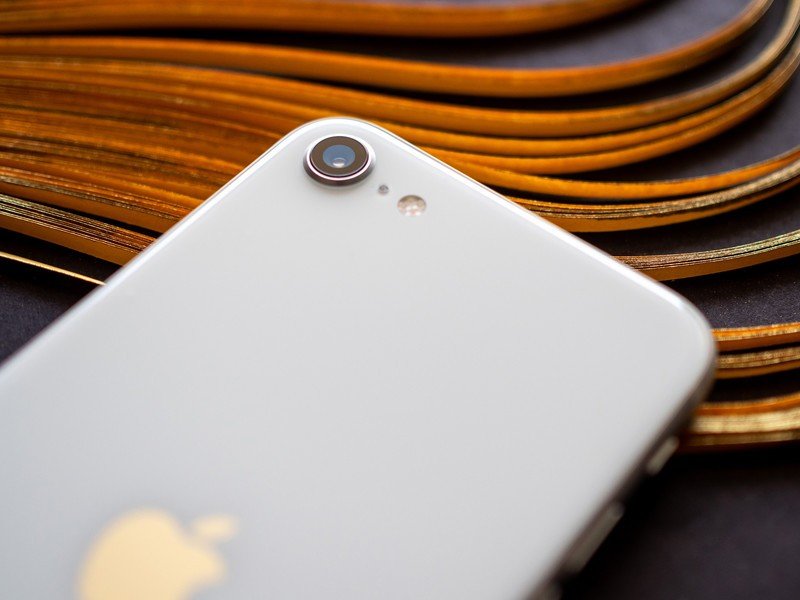
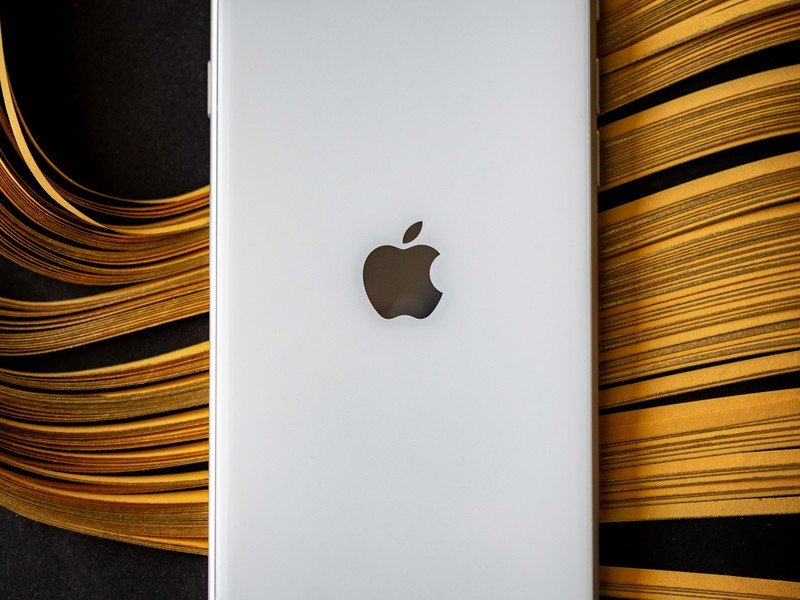
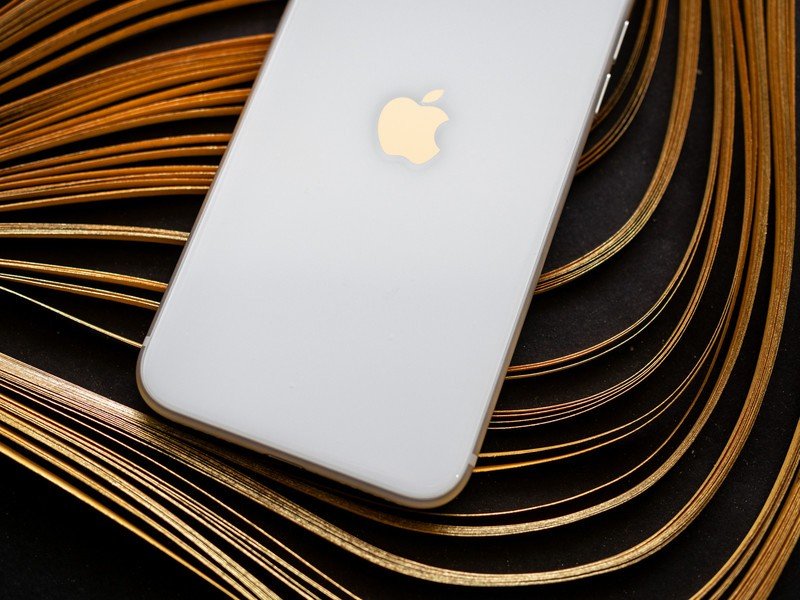
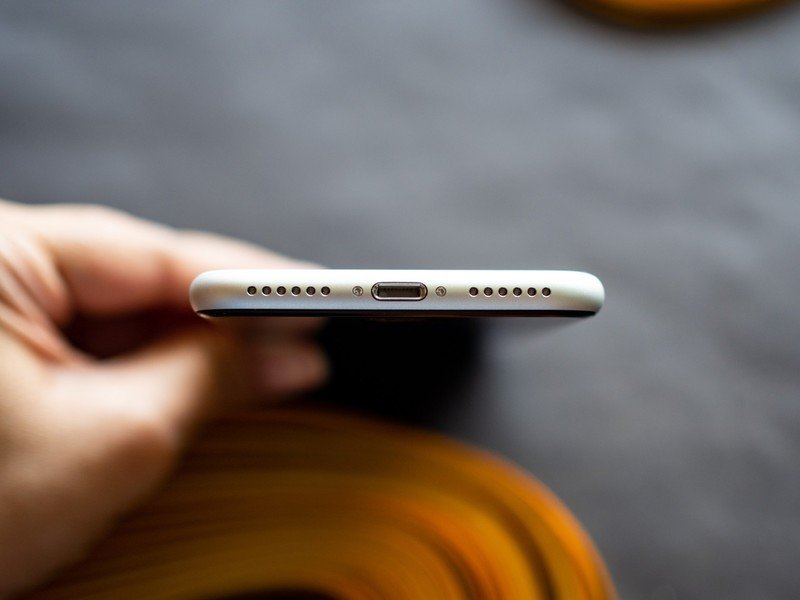
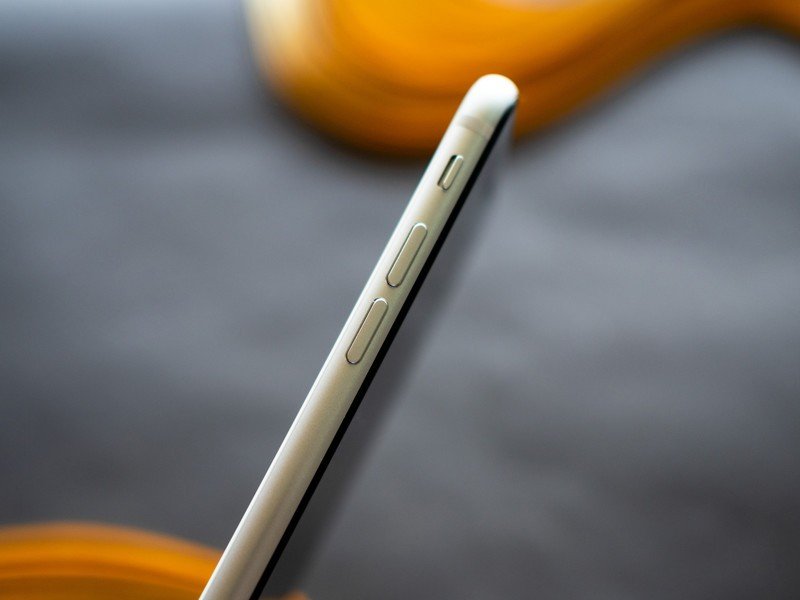
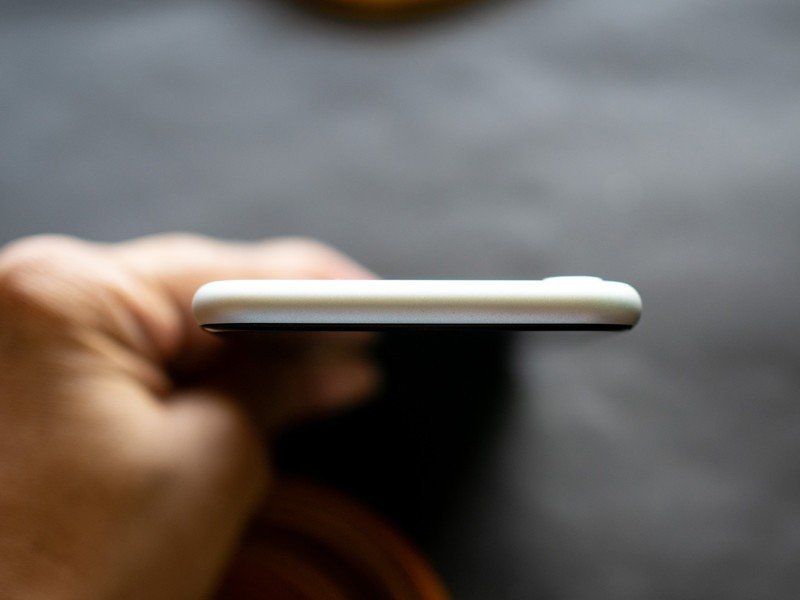
The iPhone SE is available in three color options — black, white, and red — and all models feature an all-black front. There's an oleophobic coating on the front and rear panes of glass, and they're also reinforced by a layer of Gorilla Glass. The power button is to the right, the volume rocker is on the left, and there's a dedicated toggle to put the phone into silent mode. You'll find two mics at the bottom — one inside each grille — and the primary speaker sits to the right of the Lightning port. The earpiece doubles up as the secondary speaker, producing decent stereo sound. Finally, like most phones in 2020, there's no 3.5mm jack.
It's a smart move by Apple to update an existing design with new hardware. Because the design itself isn't new and Apple doesn't have to add new tooling to its factories, it gets to save on production costs. That is likely one of the main reasons why the company decided to offer its latest A13 Bionic chipset on the device.
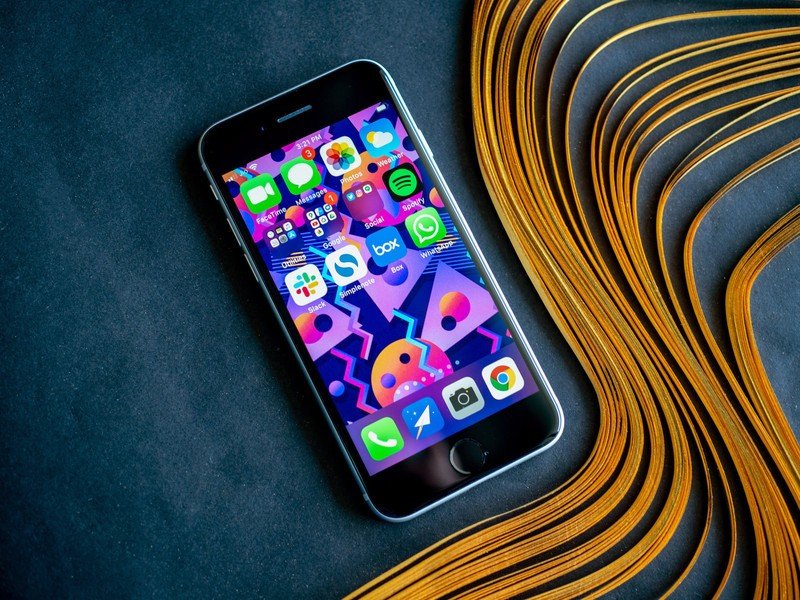
The iPhone SE has a 4.7-inch IPS LCD display with a resolution of 1334 x 750. The panel has True Tone tech, which adjusts the white balance dynamically based on the ambient light in your surroundings to deliver more natural colors. It does make a difference in day-to-day use, and while the screen size is tiny by today's standards, the panel itself is great.
The 4.7-inch screen is vibrant, and the bezels didn't bother me as much as I thought they would.
You get vibrant colors and excellent contrast levels, and the display gets sufficiently bright for outdoor use. The 16:9 ratio once again evokes familiarity, and games and videos run just fine on the phone. Yes, there are sizable bezels, but they didn't end up bothering me as much as I thought they would. In fact, if you can look past the bezels, there is a lot to like here. For one thing, there isn't another compact phone in the market that gives you the same level of performance.
Ultimately, the iPhone SE feels like a throwback. But what gives it an edge is that it is sporting the latest internal hardware. Think of it as a classic car that has been restored with a brand new engine and ceramic brakes. If I may continue the car analogy here, the iPhone SE feels like the Eagle Speedster — a modern interpretation of the classic Jaguar E-Type that looks absolutely stunning. Thankfully, the phone doesn't cost half a million dollars.
iPhone SE Hardware and battery life
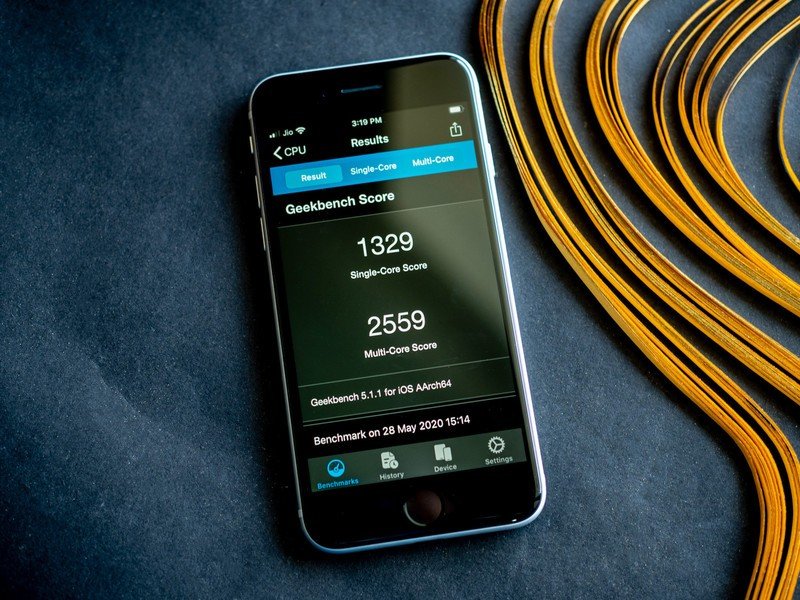
The standout feature on the iPhone SE 2020 is the A13 Bionic. The fact that the phone has the same chipset that's featured in the iPhone 11 series is a huge deal. The A13 Bionic is the fastest mobile chipset in the world today, and you can now get it on a $400 phone. To put things into context, the A13 Bionic pulls ahead of the Snapdragon 865, so the kind of performance that you get on the iPhone SE is unmatched — regardless of the price point.
| Specs | iPhone SE 2020 |
|---|---|
| Software | iOS 13 |
| Display | 4.7-inch (1334x750) IPS LCD |
| Chipset | 2.66GHz A13 Bionic |
| RAM | 3GB |
| Storage | 64GB/128GB/256GB |
| Rear Camera | 12MP ƒ/1.8 OIS |
| Front Camera | 7MP ƒ/2.2 |
| Connectivity | Wi-Fi 6, BT5.0, NFC |
| Battery | 1821mAh | 18W |
| Security | Touch ID |
| Colors | Black, White, (PRODUCT)RED |
| Dimensions | 138.4 x 67.3 x 7.3mm |
| Weight | 148g |
Allow me to geek out a little over the A13 Bionic. The chipset is built on a 7nm node at TSMC, and it features six CPU cores in a 2 + 4 cluster: you get two performance cores that go up to 2.66GHz alongside four energy-efficient cores that max out at 1.73GHz. Apple is unique in that it controls both the hardware and software stack on its phones, and this allows the company to fine-tune its designs to eke out the most amount of performance.
Being an ARM architecture licensee gives Apple greater freedom in customizing ARM's cores to fit its needs. Qualcomm went a similar route with the Kryo 280 cores on the Snapdragon 820, but in recent years it has switched to a semi-custom design by making subtle tweaks to existing ARM cores. However, with the Snapdragon 865, Qualcomm is back to using stock Cortex A77 cores.
Because vendors like Qualcomm have to cater to a wide swathe of devices, they're not able to make the sort of fine-tuned adjustments needed to maximize the performance. Apple has the ability to do that because its chipsets are designed solely for its own phones, and this gives the company a sizable advantage. ARM is looking to reign in that performance differential with the Cortex X1 core, but we'll have to wait and see if it passes muster in real-world usage conditions.
What I'm trying to say is that the A13 Bionic holds its own next against whatever Qualcomm, Exynos, HiSilicon, or MediaTek have to offer in this category, and the fact that you are getting such a powerful chipset on a $400 phone is incredible. But enough talk; let's see what that translates to in terms of synthetic scores:
CPU
Geekbench 5.0 (Higher is better)
| Device | Single core | Multi core |
|---|---|---|
| iPhone SE 2020 (A13 Bionic) | 1382 | 2587 |
| Xiaomi Mi 10 Pro (SD865) | 911 | 3109 |
| Realme X2 Pro (SD855+) | 702 | 2252 |
| Google Pixel 4 XL (SD855) | 615 | 2424 |
| Samsung Galaxy A71 (SD730) | 411 | 1439 |
| Google Pixel 3a XL (SD670) | Row 5 - Cell 1 | Row 5 - Cell 2 |
The A13 Bionic dominates when it comes to single-core performance, pulling ahead of the Snapdragon 865 and the rest of the pack. But the SD865 is in the lead for multi-core performance.
Graphics
GFXBench Aztec Ruins Vulkan/Metal (Higher is better)
| Device | High Tier | Normal Tier | 1080p Offscreen |
|---|---|---|---|
| iPhone SE 2020 (A13 Bionic) | 59 | 60 | 75 |
| Xiaomi Mi 10 Pro (SD865) | 29 | 44 | 52 |
| Realme X2 Pro (SD855+) | 25 | 38 | 46 |
| Google Pixel 4 XL (SD855) | 11 | 15 | 32 |
| Samsung Galaxy A71 (SD730) | 7.4 | 11 | 15 |
| Google Pixel 3a XL (SD670) | 6.7 | 10 | 12 |
When it comes to real-world GPU performance, the A13 Bionic edges out every other mobile chipset in the world today. The screen resolution combined with the power on offer here means you'll never see any slowdowns even during extended gaming sessions.
Web
Jetstream 2.0 (Higher is better)
| Device | Overall |
|---|---|
| iPhone SE 2020 (A13 Bionic) | 133.586 |
| Xiaomi Mi 10 Pro (SD865) | 59.999 |
| Realme X2 Pro (SD855+) | 46.867 |
| Google Pixel 4 XL (SD855) | 47.542 |
| Samsung Galaxy A71 (SD730) | 45.688 |
| Google Pixel 3a XL (SD670) | 31.187 |
Speedometer 2.0 (Higher is better)
| Device | Overall |
|---|---|
| iPhone SE 2020 (A13 Bionic) | 119 |
| Xiaomi Mi 10 Pro (SD865) | 69.4 |
| Realme X2 Pro (SD855+) | 49.6 |
| Google Pixel 4 XL (SD855) | 52.9 |
| Samsung Galaxy A71 (SD730) | 41.8 |
| Google Pixel 3a XL (SD670) | 30.4 |
The iPhone SE has a clear edge when it comes to Javascript web benchmarks. These tests measure the performance of a web browser, and as the numbers above highlight, the iPhone SE is in a league of its own.
As you can make out from the figures above, the iPhone SE is right up there with the best that Android has to offer. There are zero issues in day-to-day use, and the A13 Bionic handles everything from mundane tasks to visually demanding titles with a breeze. There's only 3GB of RAM here, but that's more than adequate for iOS, and I did not see any slowdowns whatsoever.
The A13 Bionic is exciting, but that's not all the iPhone SE has going for it. The phone features Wi-Fi 6 connectivity, a Gigabit LTE modem, Bluetooth 5.0, and NFC with Apple Pay. Apple led the way for haptics, and the iPhone SE has the same great haptic engine as the iPhone 11 series.
The iPhone SE blazes past every other phone in this category when it comes to performance.
The base variant has 64GB of storage, and the iPhone SE is also available in a 128GB option that costs $449 and a 256GB model for $549. Interestingly, the iPhone SE offers IP67 dust and water resistance. Outside of the Galaxy A8 series and other mid-range options from Samsung, there haven't been many phones that offered water-resistance — and as such it is nice to see that the iPhone SE has an IP rating. You can submerge the phone for 30 minutes in up to one meter of water, and it is resistant to spills from coffee, tea, soda, and other liquids.
The iPhone SE also has dual SIM connectivity, with an eSIM option available if you're planning to use the phone with more than one number. I didn't face any issues with calls or Wi-Fi and cellular data connectivity, and when it comes to the basics the iPhone SE doesn't have any problems.
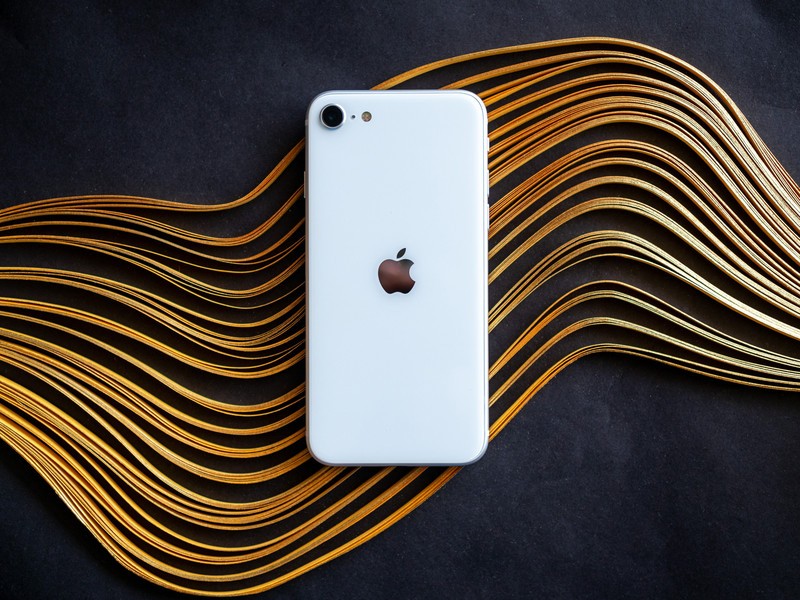
While the internal hardware has received a considerable upgrade on the iPhone SE, the 1821mAh battery is the same size as the iPhone 8. And what that means is that battery life is strictly average.
The iPhone SE has average battery life, and you get a paltry 5W charger in the box.
The fact that the phone has a 1334x750 screen helps things a little when it comes to extending battery life, and the 7nm A13 Bionic also contributes in its own way. In the week I used the iPhone SE, I averaged screen-on-time of four and a half hours spread out over the course of the day. While that's decent, under heavy usage, the battery isn't going to last until the end of the day.
I obviously didn't use cellular data nearly as much as I would if I went out to run errands, and the same goes for navigation. For average use cases involving a few hours of streaming music and scrolling through social media, the iPhone SE is still plenty great. But you will need to top up the battery during the day if you're planning marathon gaming sessions or binge-watching a TV show.
The one downside is that you get a paltry 5W charger in the box with the iPhone SE. The bundled charger takes well over two hours to fully charge the phone, but thankfully the phone has 18W fast charging, and you should pick up an 18W USB PD fast charger if you don't have one already. With an 18W charger, you'll get from zero to 50% in just over 30 minutes. The iPhone SE also has wireless charging, and you can use an existing Qi wireless charger with the phone.
iPhone SE Camera
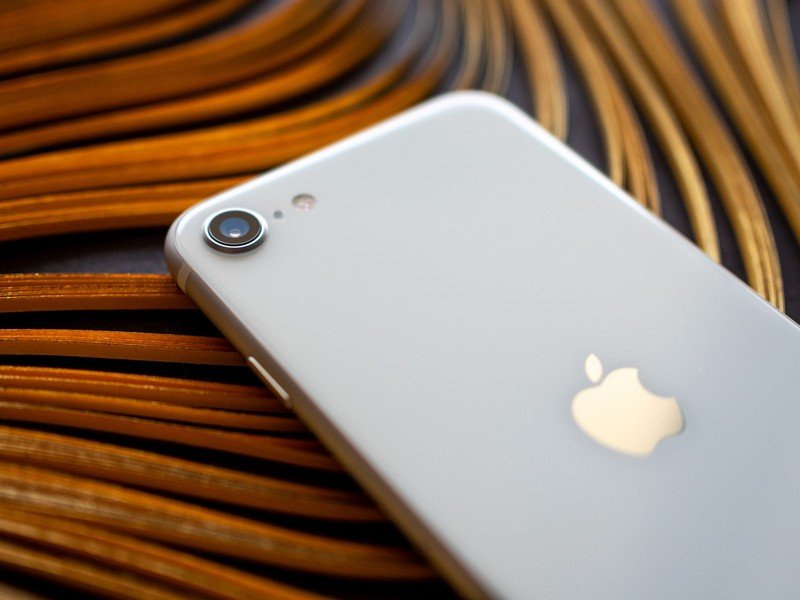
Coming to the camera side of things, the iPhone SE has a single 12MP lens at the back and a 7MP camera at the front. Sure, you're missing out on the versatility of a wide-angle or zoom lens, but the 12MP camera is pretty great in its own right. Apple is touting that this is the best single-lens camera system it introduced to date.
The single 12MP camera takes great photos, and you can shoot 4K video at 60fps.
The inclusion of the A13 Bionic is the reason behind a lot of the improvements on the imaging front. You get portrait mode and portrait lighting effects on the phone, and it enables new AR use cases. The iPhone SE uses a combination of machine learning and augmented reality to automatically identify objects in real life, so if you're holding a coffee mug and point your viewfinder at it, the camera will identify it as such.
There's multi-band noise reduction as well, and it preserves natural skin tones and textures. Front camera is also getting a few advancements, and you get a portrait mode for selfies that's powered by machine learning and the A13's neural engine.
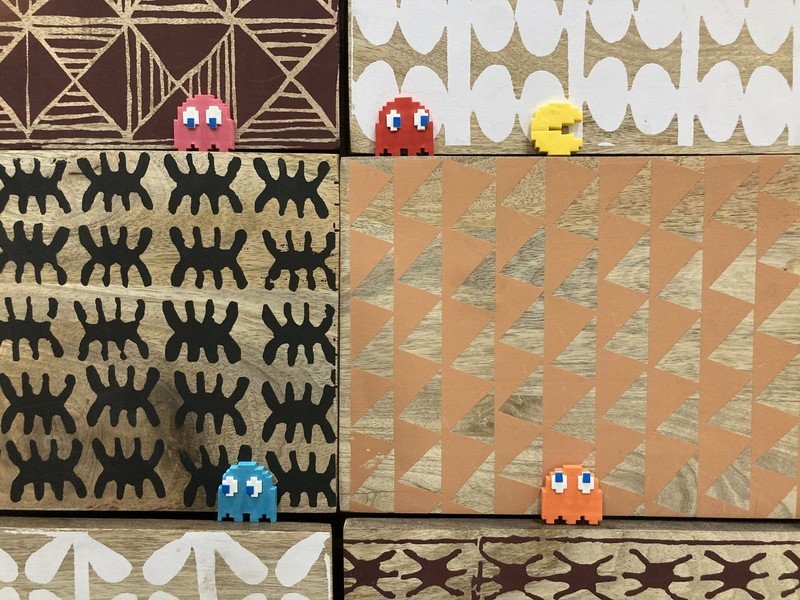
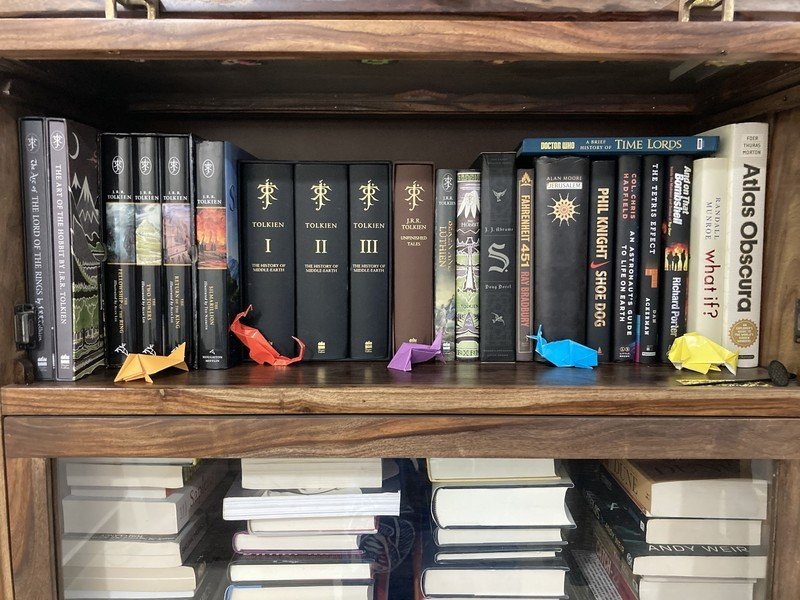
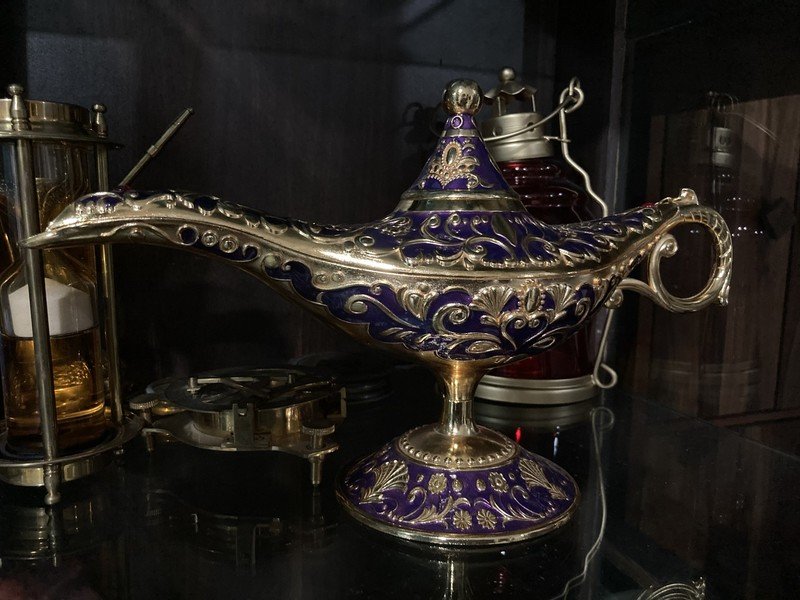

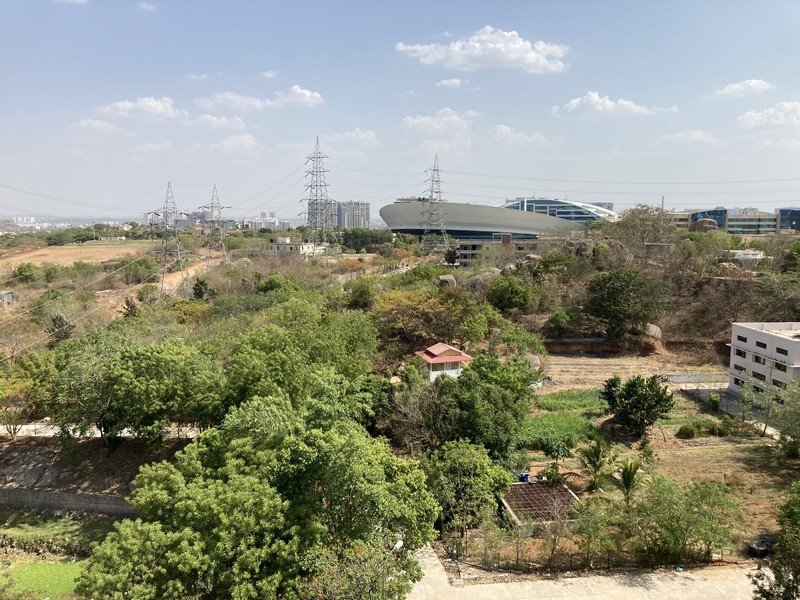
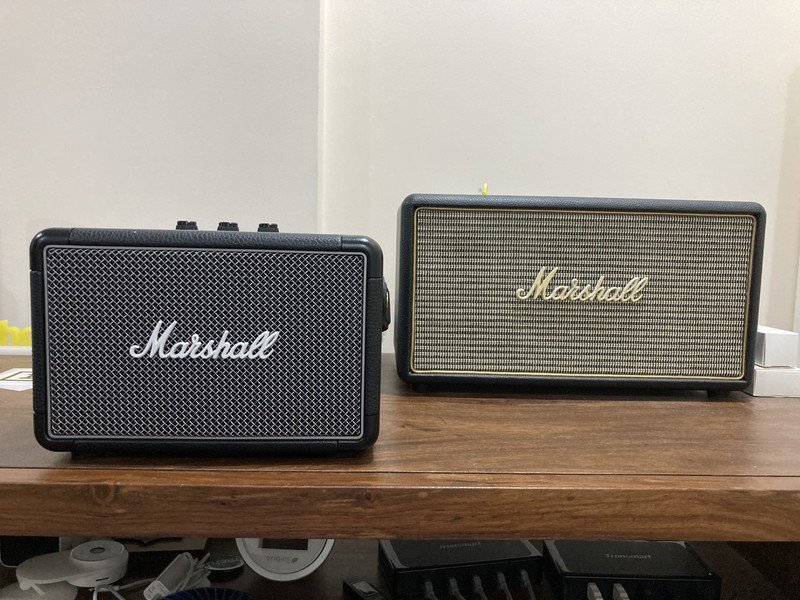
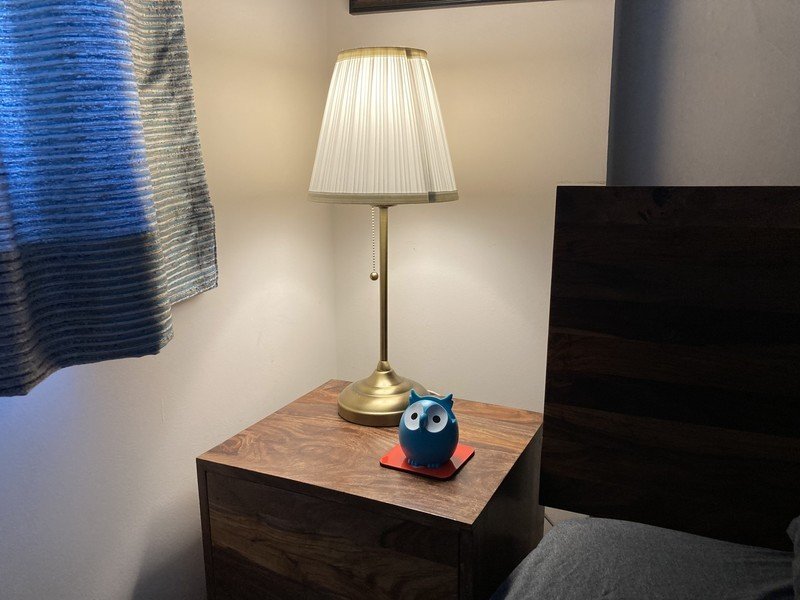
The camera on the iPhone SE leverages the A13 Bionic's ISP to deliver great photos. You get shots with excellent dynamic range and great color vibrancy — particularly in daylight. Photos aren't overexposed, and you don't see any noise. The phone holds up very well in low-light scenarios as well, but you do get a lot of noise in a few shots. Portrait shots come out great, with accurate edge detection and great depth of field.
The iPhone SE leverages Smart HDR, which was introduced on the iPhone 11. The feature does a great job with AI-based semantic rendering, and is able to distinguish between the subject and the background. This enables the camera to maintain details such as facial features even in poor lighting conditions.
There are advancements when it comes to video as well. The iPhone SE offers 4K video recording at 60fps with extended dynamic range and stereo audio recording. You also get slow-motion video, and the ability to take a video by holding down on the shutter button in photo mode — just like the iPhone 11 series. But the best part about video recording is that you get OIS and EIS with 4K video at 60fps, giving the iPhone SE a clear edge in this category.
iPhone SE Software

If you've used Android for any length of time, switching to iOS will be a disorientating experience at first. There's no app drawer, so all the apps you install are on the home screen. And the way notifications are handled is different to Android — there's no notification grouping, so the notification shade ends up looking rather busy. Thankfully, you do get the option to dismiss notifications en masse.
It takes a while to get acclimated to iOS 13, and your customization options are limited.
It definitely takes some time to get acclimated to iOS, particularly the fact that toggles for Wi-Fi and adjusting brightness are accessible from a swipe up gesture from the bottom of the screen. Control Center also has a music widget, and lets you access the flashlight, set up timers, launch the camera, scan QR codes, and toggle things like Wi-Fi Bluetooth, airplane mode, cellular data, AirDrop, and hotspot.
Like Android, you get the option to customize the layout of the controls, and add tiles for screen recording, voice memos, alarms, do not disturb, battery saver mode, and more from the settings. In terms of customization, you're limited to changing the background for the home and lock screens — there's no option to install your own launcher or change the look of the icons with an icon pack. Finally, if you use Google Assistant a lot on your Android phone, it takes a bit of work to get it going on iOS. First, you'll have to invoke Siri, and then launch Google Assistant — the "Hey, Google" hotword detection does not work on iOS.
Then there's the sharing menu. You don't get to see sharing options from all the installed apps. For instance, I transfer photos from phones I'm using directly to my NAS using DS File. Normally on an Android phone, I just select the photos in the gallery, hit the share button, and select DS File from the list. But the app doesn't show up in the share menu on iOS, so if I have to upload photos, I have to go into DS File and manually select photos from there. There are similar issues with the file manager, and it's harder than it should be to download files on iOS.
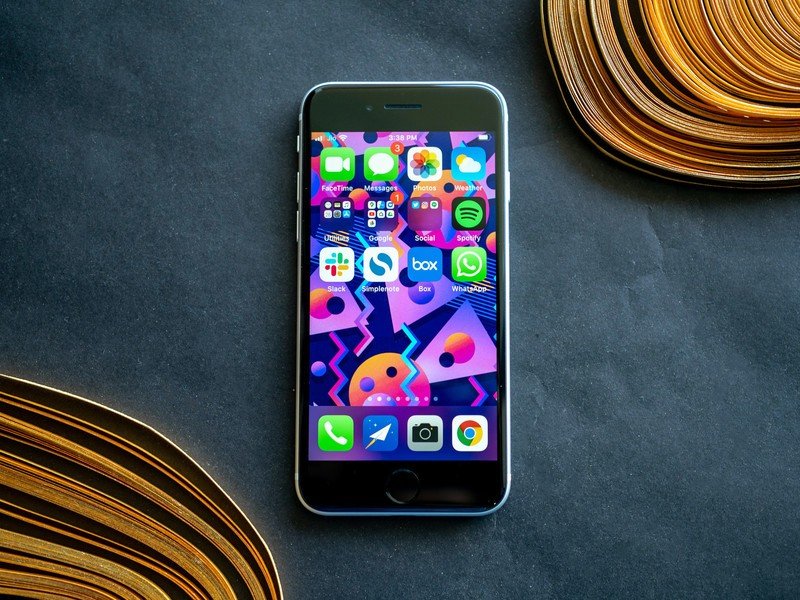
While customization options may be limited, iOS has plenty to offer in other areas. Usage of first-party apps like FaceTime and iMessage is ubiquitous in countries like the U.S., and that point was driven home when my sister refused to use the Pixel 3 XL and instead picked up the iPhone XS Max because all her friends were on iMessage.
There's no need to panic here — the iPhone SE is a fantastic conduit for Google services.
iOS also has several privacy safeguards, with Safari offering Intelligent Tracking Prevention to prevent browser fingerprinting, you get better control over permissions, and there's the option to limit access to hardware features like Bluetooth. Then there's the fact that you'll run into fewer issues with apps on iOS.
Now, if you're like me and use Google services primarily, you'll find a lot to like in iOS. Google's full complement of services are here, and they work just as well as they do on Android. You can easily change the keyboard to Gboard, set up Google Photos to back up photos and videos, navigate with Google Maps, use Google Home to manage smart home devices in your house, and use Google Drive to store documents and other data on the cloud.
Apple's software ecosystem also has a lot going for it. Services like Apple Music, Apple TV+, and Apple Arcade have a lot to offer, and as is the case with other Apple products, you get a year's worth of access to Apple TV+ for free when you pick up an iPhone SE.
The best part about iOS is the software updates. With at least four years of guaranteed updates, you're getting double the number of platform updates as most Android phones. That's a big selling point for the iPhone SE, and the fact that it is powered by the A13 Bionic means it will get updates for just as long as the flagship iPhone 11 series. Several mid-range Android devices do not get more than a single platform update, and it has become a point of contention. That is not a problem on iOS, and with the five-year-old iPhone 6s running iOS 13, software updates is an area where iPhones win by a considerable margin.
iPhone SE The Competition
There are a lot of great options in the mid-range category, and the obvious choice would be the Pixel 3a XL, which is now selling for $270. With the Pixel 4a not slated to launch until July, Google's 2019 mid-range offering is the best pick if you want an Android phone with a great camera and clean software.
If you need beefier hardware and the largest screen in this category, the 6.7-inch Galaxy A71 is the obvious choice. The 4G version is available for $365, and you do get a lot for your money.
Then there's the OnePlus 7T for $499. The phone comes with a 90Hz display and a powerful Snapdragon 855+ chipset, and you get 8GB of RAM and 128GB of storage as standard. You also get clean software in the form of OxygenOS, and decent cameras.
iPhone SE Should you buy it?
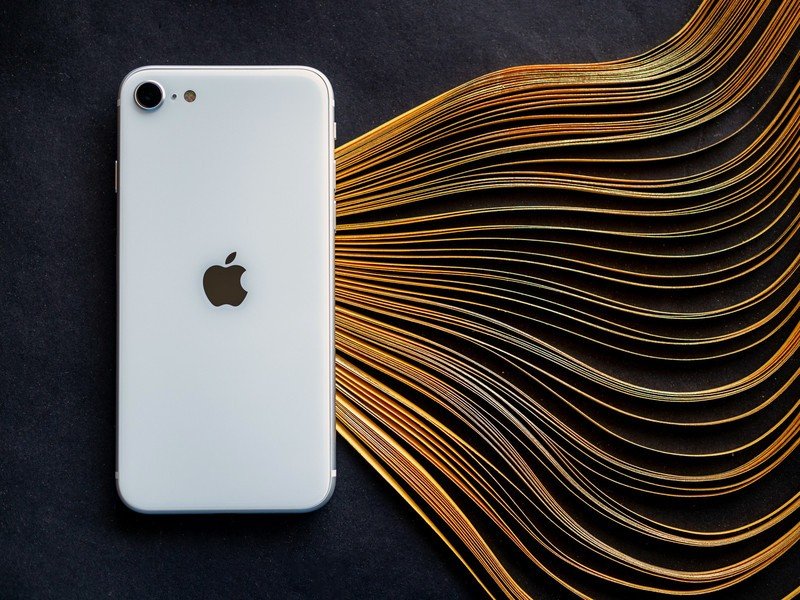
The new iPhone SE has a lot going for it. You get a familiar design with all-new hardware, and the performance on offer is unmatched in this category. You also get IP67 dust and water resistance, wireless charging, at least four years of software updates, and a camera that takes great photos.
Ultimately, the iPhone SE lowers the barrier to entry to Apple's ecosystem. Between the Apple Watch, AirPods, and HomePod, Apple managed to craft an enticing range of devices that interface with the iPhone. The software side of things is just as exciting, with Apple TV+, Apple Music, and Apple Arcade making a strong case for switching to the iPhone.
The iPhone SE is one of the best deals of 2020, but it's okay if you don't want to switch to iOS.
Look, there's no question that the iPhone SE 2020 is one of the best deals you'll find this year. The device also has the potential to do particularly well in markets like India, where it is available for ₹42,500 ($560). It's not quite the same value that you get in the U.S., but Apple has strong brand cachet in the country, and the fact that the iPhone SE has the A13 Bionic chipset and will get updates for four to five years will easily sway customers.
Then there's also the small matter that iPhones retain their value better over time, and you'll get a better resale value than Pixels or other mid-range devices. It doesn't take an economics degree to figure out that this thing is going to sell extremely well.
But whether you should switch to iOS is a decision that's entirely down to you. If you've been using an Android phone for a few years now, you would have picked up a lot of paid apps, subscribed to several services via the Play Store, and generally invested in the ecosystem.
So it's understandable if you're reticent to start all over from scratch. Having said that, the introduction of the iPhone SE is beneficial for the entire industry, because we'll start seeing Android manufacturers rolling out phones with more differentiated features to stand out in this segment. And the fact that there's a $400 phone with four years of guaranteed updates may even be the catalyst that pushes Android device makers to start offering more software updates.
What I'm trying to say is that if you've already invested heavily in the Android ecosystem and don't want to switch to iOS, that's fine. But if you've had issues with Android devices in the past and are looking for a change, then there isn't a phone today that offers quite as much value as the iPhone SE 2020.
4.5 out of 5
Buy it if
- You're looking for a device with a compact form factor backed by outstanding hardware
- You want a great camera with unmatched video recording
- You need at least four years of guaranteed updates
- You rely on wireless charging
Don't buy it if
- You want a large screen with a high refresh rate
- You need all-day battery life with heavy usage

Throwing down the gauntlet
The iPhone SE 2020 has the most powerful chipset of any phone today, and you get a great camera that excels not only at photos but also videos. There's IP67 water resistance, wireless charging, and with at least four years of guaranteed updates, the iPhone SE will be going strong for several years. Oh, and the compact form factor means you can easily use it one-handed.

Harish Jonnalagadda is Android Central's Senior Editor overseeing mobile coverage. In his current role, he leads the site's coverage of Chinese phone brands, networking products, and AV gear. He has been testing phones for over a decade, and has extensive experience in mobile hardware and the global semiconductor industry. Contact him on Twitter at @chunkynerd.
